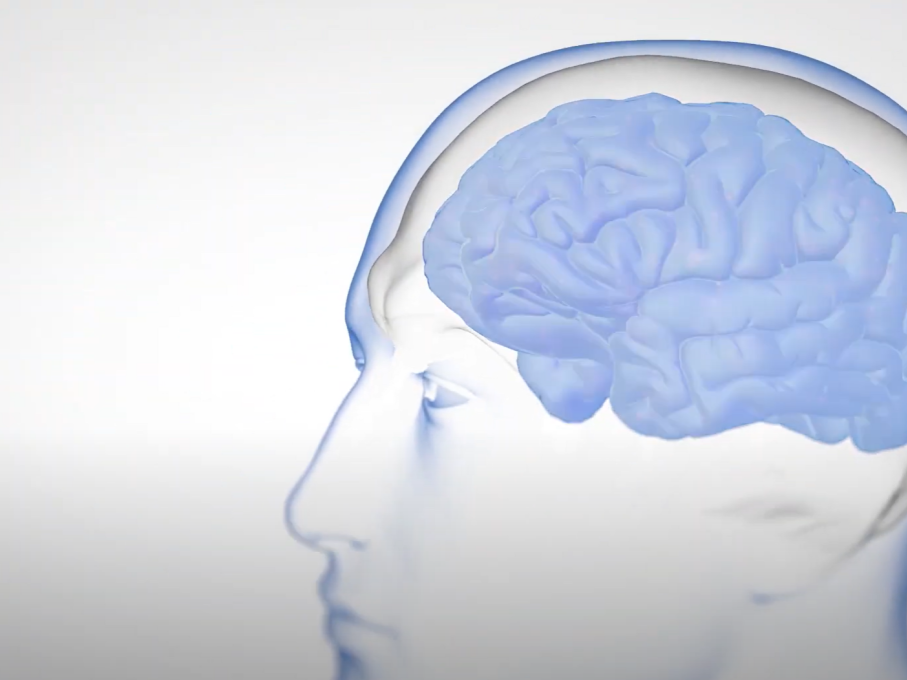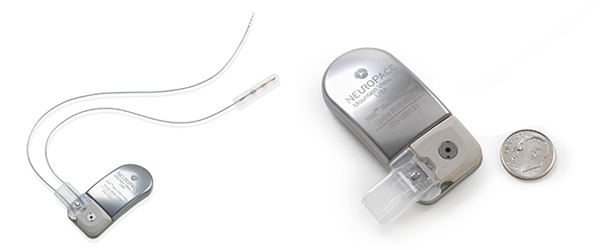If your child has tried two anti-seizure medications, and is still having seizures, they may have drug-resistant epilepsy. According to the Institute of Medicine, about 800,000 Americans experience seizures despite taking anti-seizure medications. In fact, after trying two medications, the chance a third medication will control seizures is less than 5%. (Chen, Z. et al. JAMA Neurol. 2018 Mar 1;75(3):279-286)
Seizures result from abnormal electrical discharges in your child’s brain, an activity which is very difficult to see. Responsive Neurostimulation (RNS) allows our doctors to see what is happening in your child’s brain during their normal daily activities. The device collects ongoing information that ultimately will help better control your child’s seizures. In clinical studies, the RNS System was shown to significantly reduce seizures with continued improvement over time. Patients also reported better cognitive function, quality of life and mood.
The RNS system is used to treat children with partial onset epilepsy who have failed treatment with at least two seizure medications. Our primary approach is to evaluate whether patients are candidates for resection of their seizure focus first. Patients are considered candidates for RNS after they have undergone comprehensive diagnostic testing that has localized one or two seizure foci, but are determined not to be candidates for surgical resection for a particular reason, such as:
- Seizures that originate from more than one area of the brain
- Seizures that arise from areas of the brain that cannot be resected without causing a deficit
- Seizures that are difficult to discreetly localize
Additional requirements are:
- 18 years of age or older
- Frequent and disabling seizures impacting quality of life


